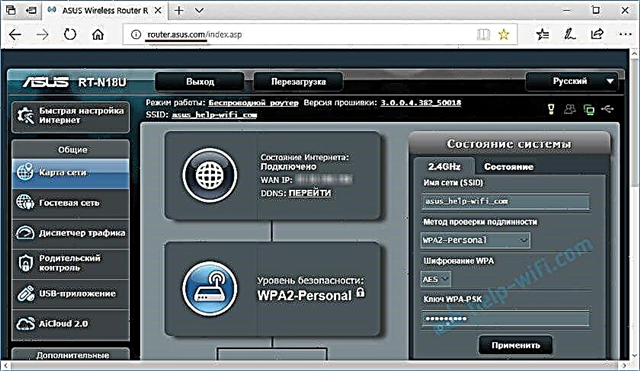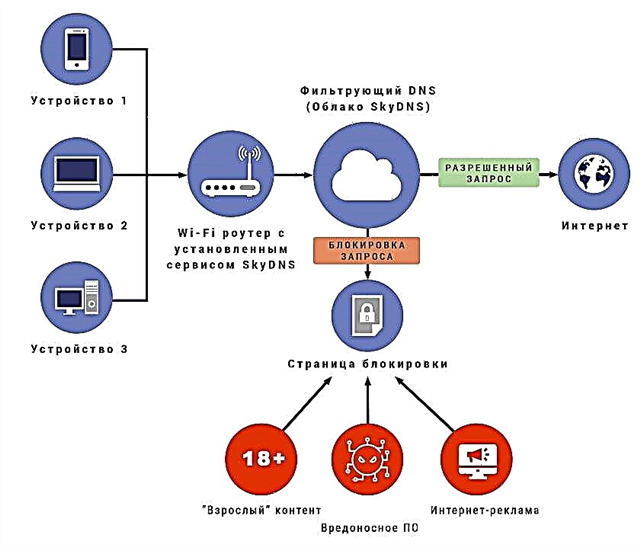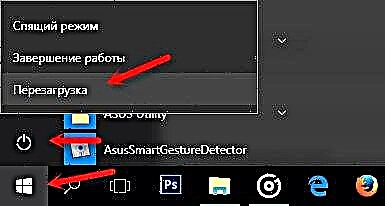With the advent of modern, "smart" TVs, users have many questions about displaying images from mobile devices on a large TV screen. In this article we will look at several ways in which you can display an image from an iPhone or iPad to a TV over Wi-Fi network, without wires.
Agree, it is convenient when you can display photos or videos from your iPhone or iPad on the big screen of your TV with a few taps on the screen. And also, you can send music to the TV, and listen to it through the TV speakers, or a home theater connected to the TV. Or display YouTube videos on your TV screen, and control playback from your iPhone.
There are two working ways you can transfer image from Apple mobile device to TV:
- Apple TV is a separate, small device that plugs into your TV. And already from the iPhone or iPad via Apple TV, you can broadcast photos, videos, or even fully broadcast everything that happens on the screen of a mobile device or computer.
- Use a DLNA connection. The main advantage of this method is that everything can be done without an Apple TV. All we need is a TV and an iPhone connected to the same network (to the same router). We will use free applications to output the video.
We will now take a closer look at both options. As for the Apple TV, on this version we will not go into all the details, since I do not have an Apple TV, and most likely you do too :) If you had this set-top box, then you would hardly have gotten to this page. Chances are, you're looking for a free or low-cost solution that buying an Apple TV doesn't exactly apply.
Apple TV to connect iPhone to TV wirelessly
If you have a lot of Apple devices and need to stream multimedia content frequently from iPhones, iPads, MACs and even Windows computers, then I advise you to buy an Apple TV and enjoy watching. You can literally display an image from your smartphone or tablet on a large TV screen in just a few clicks. By simply turning on the AirPlay function.

Broadcasting pictures to the big screen is just one of the features of Apple TV. There is also the possibility of watching a large number of different films, listening to the radio, music, access to various services and games.
The thing is definitely cool. I just thought that it is probably much better to buy a regular TV without Smart TV, and take another set-top box for it. And then all Smart TVs that are now on the market do not work very well, to put it mildly. So far, it is more of a marketing tool than a useful feature for the user.
I must say right away that everything will work exactly the same with the iPad. Working method, I checked everything myself. As I wrote above, we need a TV with Smart TV (DLNA support). It must be connected to the router that your mobile device is connected to. The devices just need to be on the same network.
Next, from the App Store, you need to install an application on your mobile device through which we will send photos and videos to the TV. Also, you can play music on TV from your iPhone.
I checked a lot of apps, and among the free ones, the most common ones were "TV Assist" and "iMediaShare". Although, these applications do not work as we would like. Lots of advertising, and other cons. If you are going to often broadcast an image in this way, then I advise you to consider paid applications. At least there will be no advertising there. If you know a good application for broadcasting videos and photos via DLNA from iOS devices, then write the name in the comments.
Working with "TV Assist"
Install the app through the App Store. Start it up. On the main screen, you need to select the required tab. Photo and Music - everything is clear here. If you want to display video on the TV, then you need the "Browser" tab.
We just select a photo, video, or song, and the program will offer us a device to display the image on. I have my Philips TV on the list.

We select our TV, and the image will appear on it.

There in the program there is a "Paint" tab. You can write something on the smartphone screen and send it to the TV.

As you can see, everything works. The program is good, but the ads are boring. You can buy the program and there will be no ads. The only thing, when trying to display some video, an error appeared on the TV that the format was not supported. But I think this is a problem in the TV itself. I have tested this program on a Philips TV with Android TV.
IMediaShare
Another more or less normal program. Install it from the App Store and run it.
On the main screen, you will see the tabs "Photos", "Music", "Videos", "Local network" and a few more services. Select the required tab, file, and TV on which we want to display the image.

For some reason this program did not see my Philips TV on the network. But, on the other hand, I saw an LG TV, and sent a photo to it via DLNA without any problems. The photo can be flipped on the phone, and it will appear on TV.

Only on my iPhone 6 this program was very unstable. Crashed constantly, especially when trying to open the "Video" folder. So I output the video with the TV Assist program, which I wrote about above.
As you can see, even without Apple TV, you can display photos and videos from your iOS device on the big screen of your TV. All this wirelessly and free. However, if you want to buy the program, you will have to spend money.
If you have a Smart TV, then it should have a built-in YouTube app. But, if you haven't found it, or it doesn't work, then you can watch YouTube videos on TV using your phone or tablet. You can create playlists and manage it all.
Everything is very simple there. In addition to the standard YouTube application, nothing else is needed. In the application itself, just click on one button (see the screenshot below), and the video will start playing on the TV. If you have several TVs in the network, then after pressing the button, select the one you need.

You will be able to control playback from your mobile device.
For this to work, the TV must support DLNA (if there is a Smart TV, then there is such support), and both devices must be on the same local network.
If you have something to share on the topic of this article, then write in the comments, do not hesitate :) You can also leave questions. To which I will definitely answer and try to help with advice.











